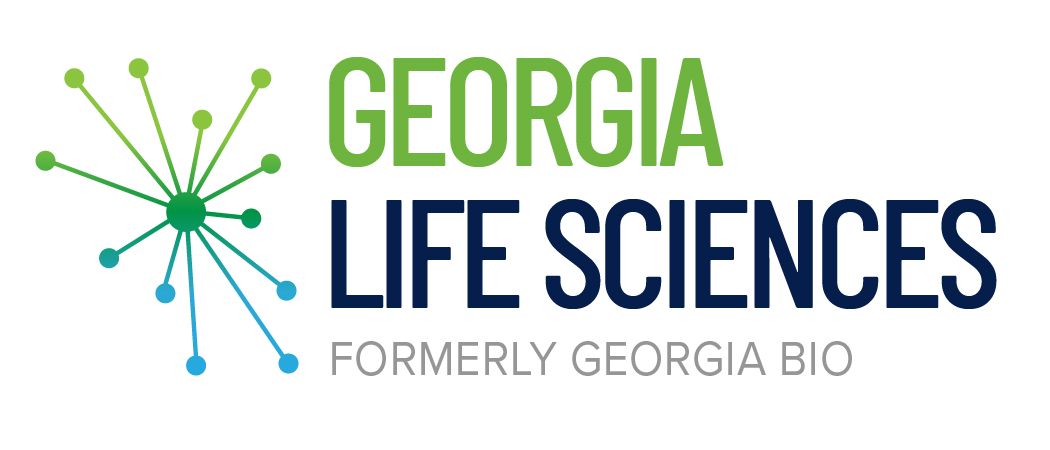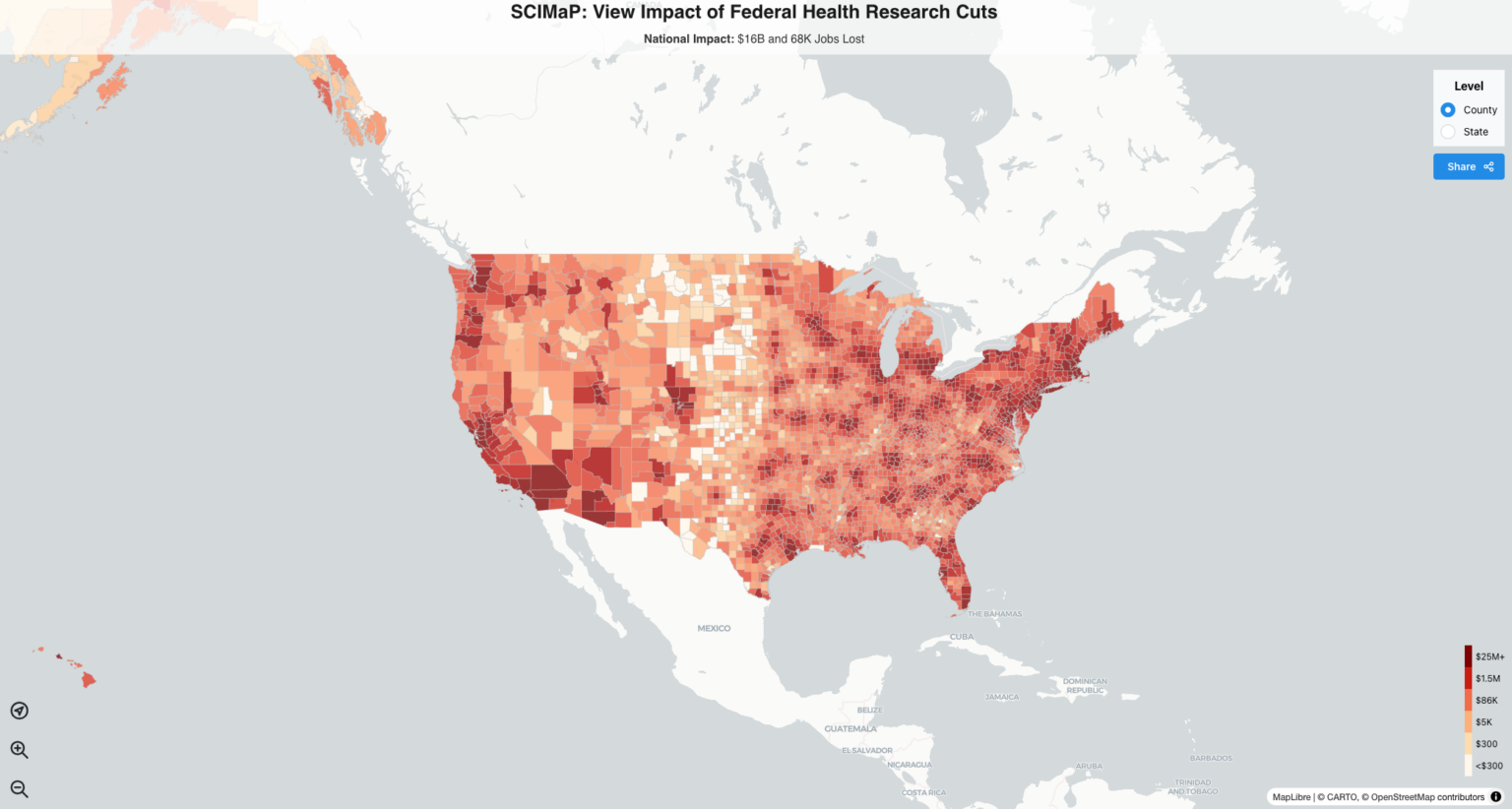NSF names three new I-Corps Hubs expanding the National Innovation Network across the U.S.
NSF I-Corps Hubs now include colleges and universities across the country

The U.S. National Science Foundation today announced the addition of three new NSF Innovation Corps (NSF I-Corps™) Hubs that will scale the NSF-led National Innovation Network (NIN), accelerating the translation of discoveries into new solutions that benefit society and the economy. Each NSF I-Corps Hub may receive up to $3 million per year for five years and comprises a regional alliance of at least eight universities. Combined with the existing 10 NSF I-Corps Hubs, these 13 NSF I-Corps Hubs presently span 48 states. See the interactive NSF I-Corps Hubs map.
NSF I-Corps Hubs provide experiential entrepreneurial training to researchers across all fields of science and engineering. I-Corps Hubs form the operational backbone of the NIN, a network of universities, NSF-funded researchers, established entrepreneurs, local and regional entrepreneurial communities and other federal agencies, that collectively help researchers learn to investigate the commercial potential of fundamental discoveries in science and engineering. The NSF I-Corps Hubs work collaboratively to build and sustain an innovation ecosystem that engages all Americans throughout the U.S.
“The goal of the I-Corps program is to deploy experiential education to help researchers reduce the time necessary to translate promising ideas from laboratory benches to widespread implementation that in turn impacts economic growth regionally and nationally,” said Erwin Gianchandani, NSF assistant director for Technology, Innovation and Partnerships. “Each regional NSF I-Corps Hub provides training essential in entrepreneurship and customer discovery, leading to new products, startups and jobs. In effect, we are investing in the next generation of entrepreneurs for our nation.”
Established in 2011, the NSF I-Corps program is designed to nurture the commercialization of deep technologies, which grow from discoveries in fundamental and use-inspired science and engineering. Since its inception, over 3,600 NSF I-Corps teams have participated in the I-Corps program. The strategic goals of the NSF I-Corps Hubs are technology translation, entrepreneurial training and workforce development, economic impact and collaboration and inclusion.
Listed below are the new NSF I-Corps Hubs and partner institutions:
NSF I-Corps Hub: Northwest region – NSF 2430389
University of California, Berkeley - Lead
Oregon State University
University of Alaska Fairbanks
University of California, Davis
University of California, Irvine
University of California, San Francisco
University of California, Santa Cruz
University of Washington
NSF I-Corps Hub: Southeast region – NSF 2430380
Georgia Tech - Lead
Clemson University
Morehouse College
The University of Alabama
University of Central Florida
University of Florida
University of Miami
University of South Florida
NSF I-Corps Hub: New England region – NSF 2430342
Massachusetts Institute of Technology - Lead
Brown University
Harvard University
Northeastern University
Tufts University
University of Maine
University of Massachusetts Amherst
University of New Hampshire





